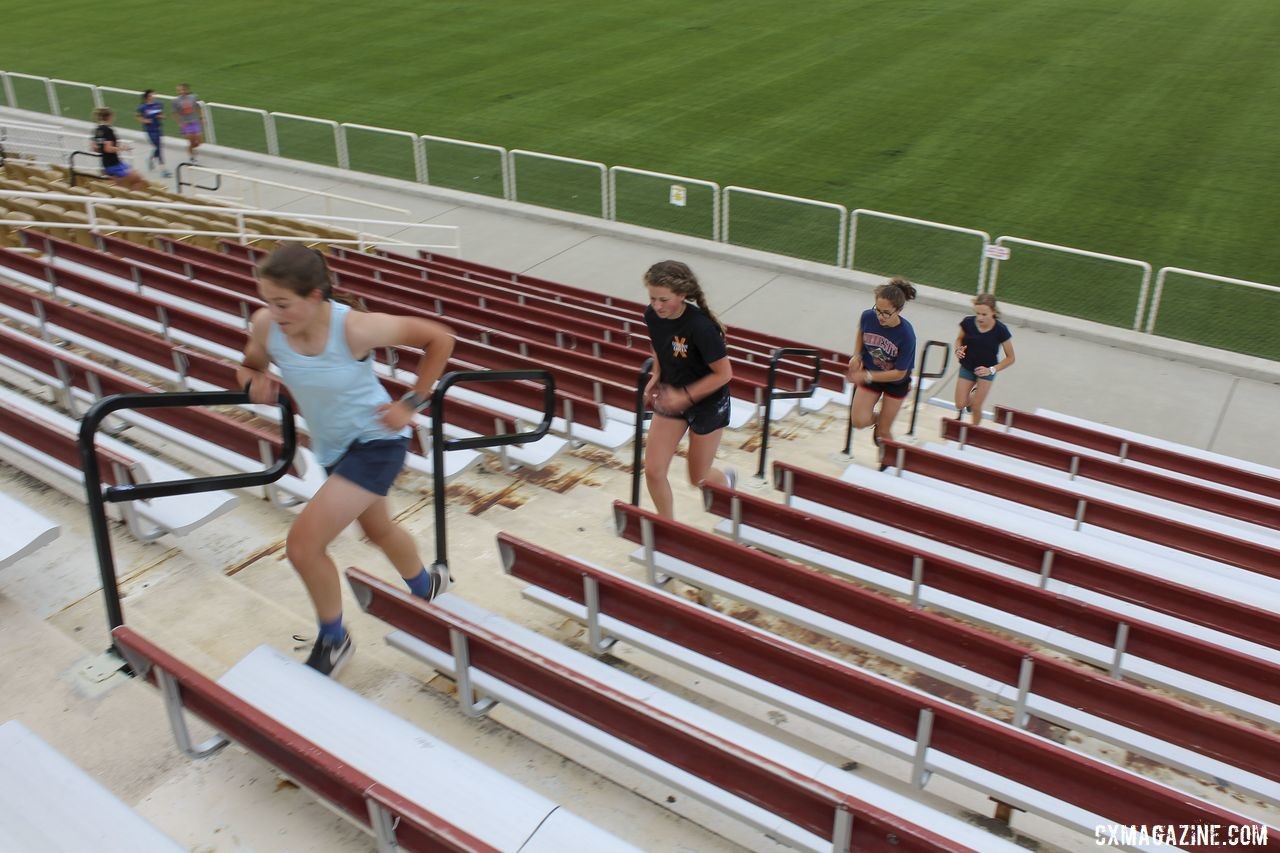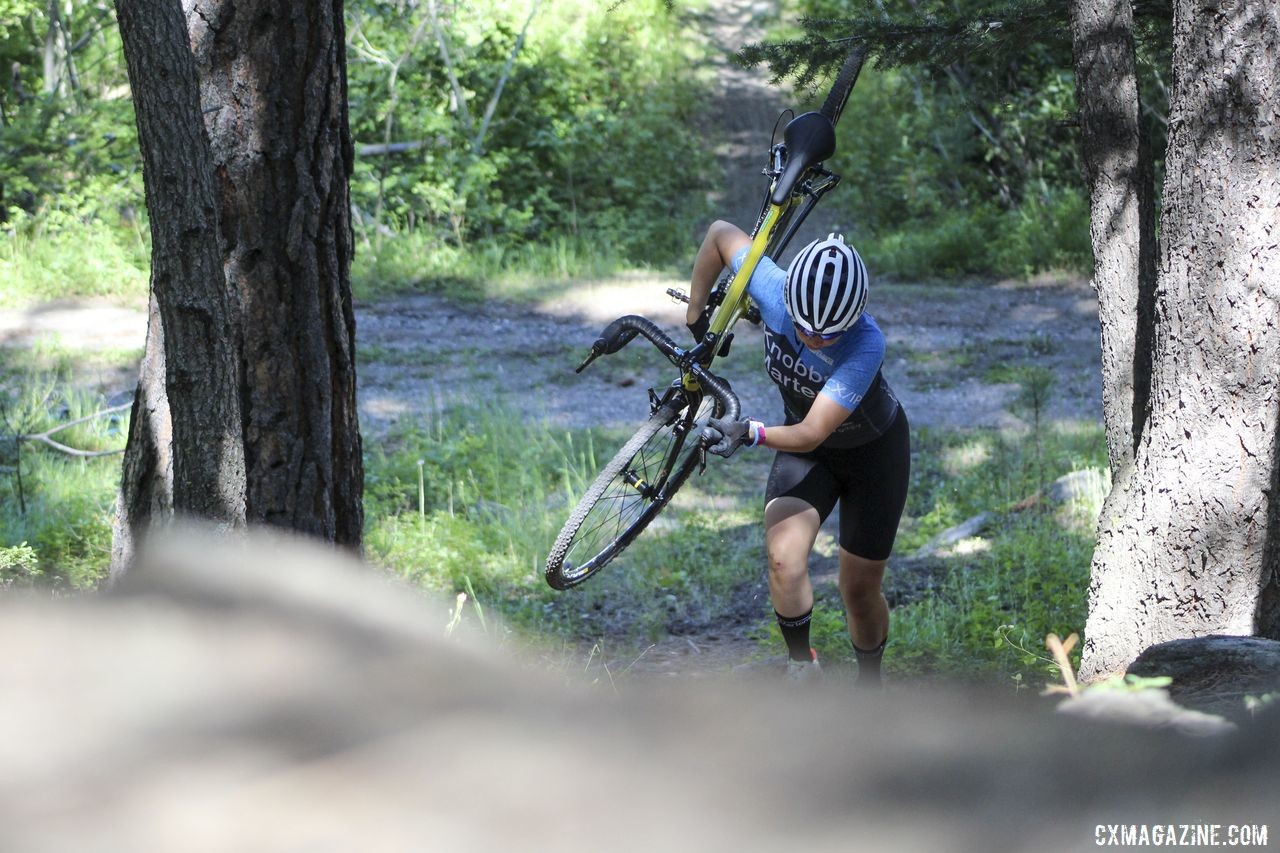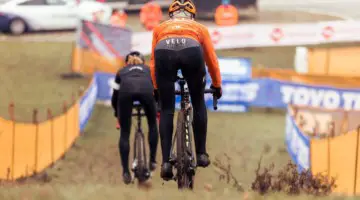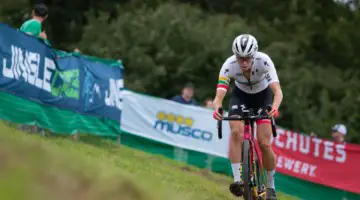Each summer, a select number of riders racing ages 15-22 get to attend the Montana Cross Camp summer camp in Helena led by head coach Geoff Proctor. The camp provides a chance to learn new skills and make new friends while essentially doing three workouts a day and learning during the evening classroom sessions.
For those of us with real "jobs," the thought of going to cyclocross summer camp like sounds a-a-a-mazing, even if we do not necessarily have the talent to allow us to set our eyes on racing in Europe, as Proctor's Montana Cross Camp prepares young athletes to do.
Fortunately, as we start to look to the coming cyclocross season, there are drills and skills from Proctor's camp we can incorporate into our own training.
Proctor brings a background in skiing to his training regimen, and as I saw when I attended the Women's camp two weeks ago, the workouts and drills the young athletes do are varied and challenging. Running, agility, on the bike, off the bike, yoga, Proctor gives athletes a lot to think about and work on when they head back to their respective homes across the country.
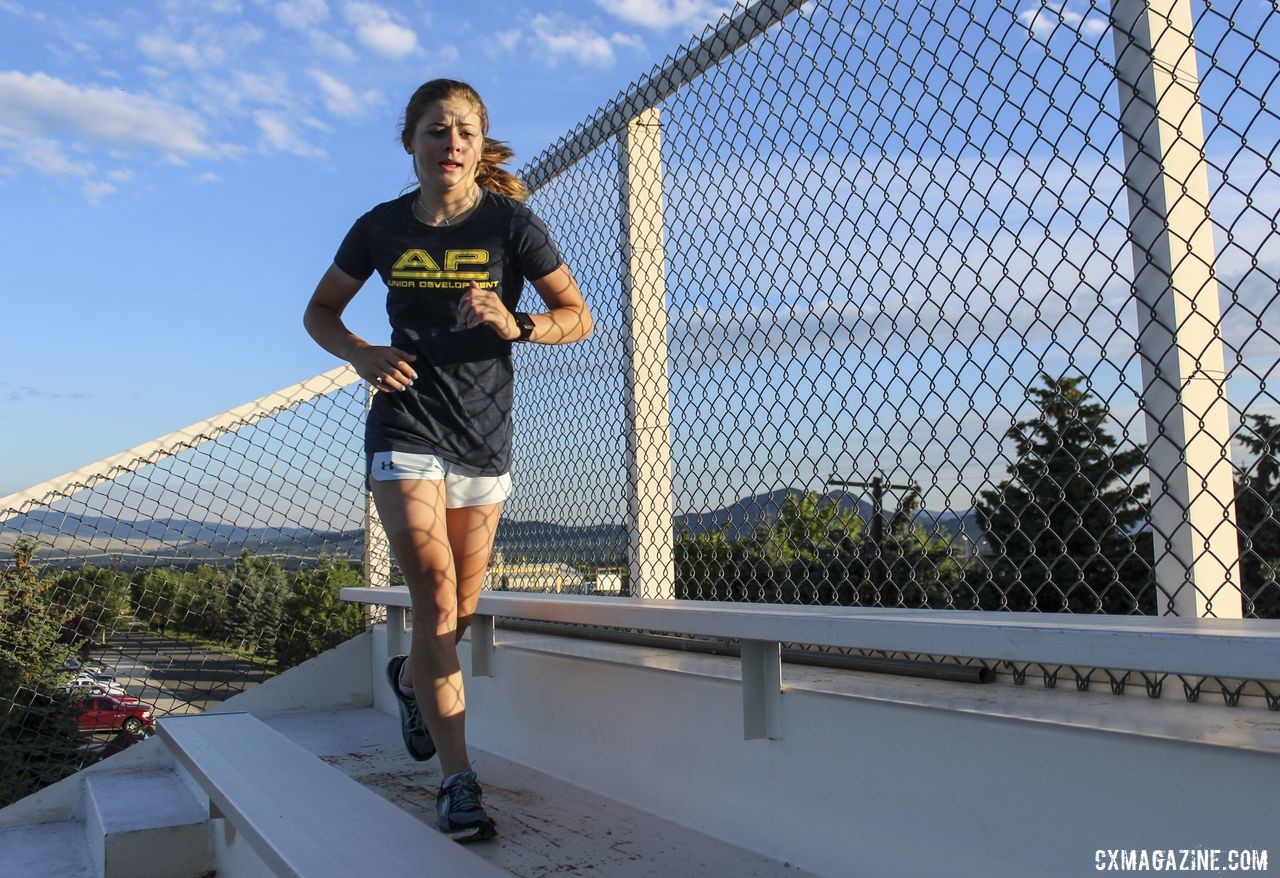
There was never a dull moment at camp with a variety of drills on and off the bike. 2019 Women's MontanaCrossCamp, Friday. © Z. Schuster / Cyclocross Magazine
For today's Training Tuesday, I declare #crossiscoming to be officially here as I share some ideas for mixing up your cyclocross training with some ideas from Montana Cross Camp. All the usual caveats apply—not a coach, not a complete list, etc.
Scroll through using the next button to read about each workout idea.













